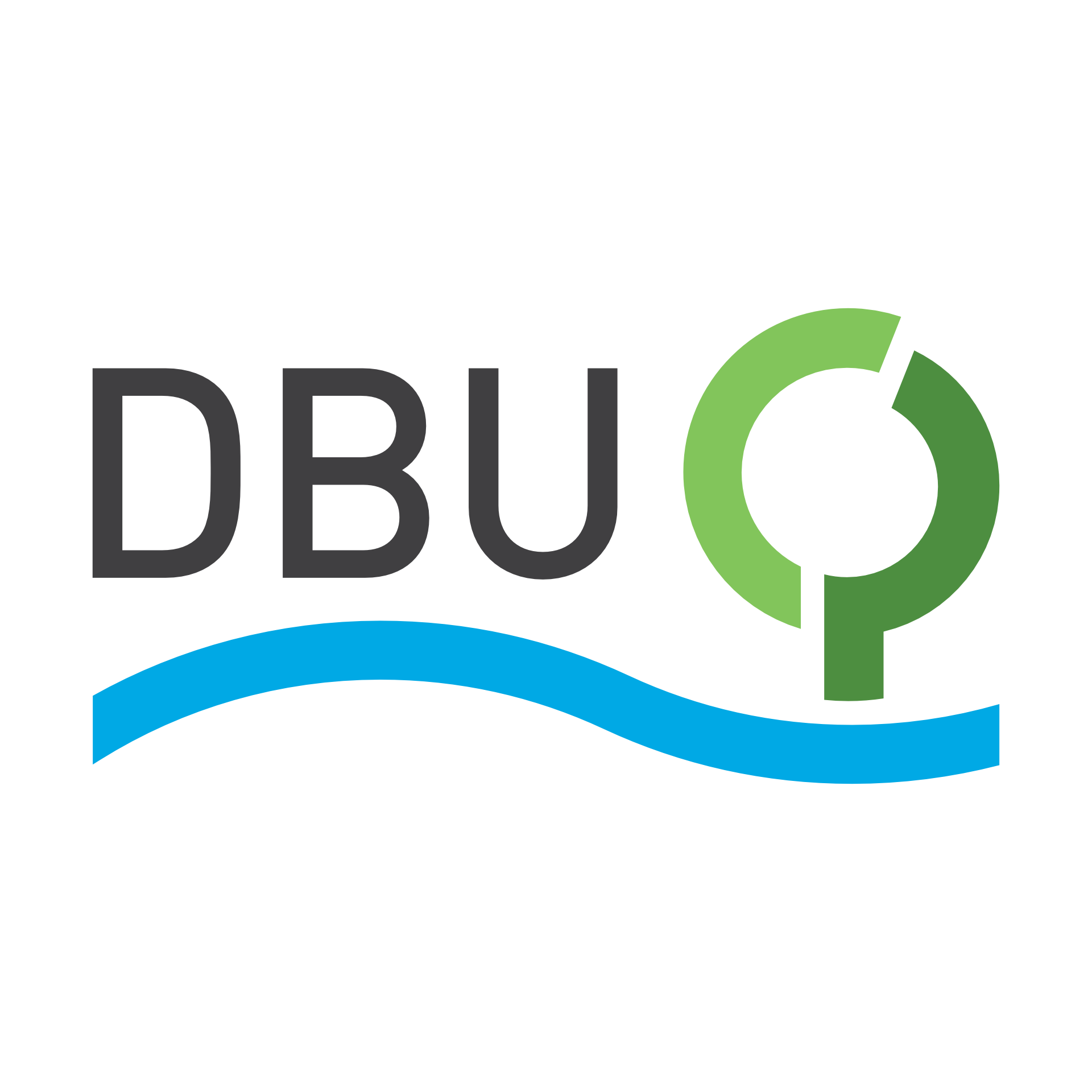SDG 10: Reduced Inequalities

This Learning World focuses on understanding what inequalities are, who is especially affected and what implications inequalities can have for vulnerable groups. The Learning World provides ideas and components that you can integrate into your teaching: An interactive boardstory with complementary exercises, a glossary with the most important terms of the Learning World, additional exercises to consolidate and further reflect on the contents of SDG 10 as well as examples of the connections between this SDG and others.
Boardstory for interactive learning
Educational Material
The Learning Objectives outline the key competencies students will develop by completing this Learning World. They also highlight connections to other topics, encouraging further exploration and discussion beyond this module.
Learning Objectives
Acquiring competencies for sustainable development is part of a lifelong learning process. The boardstory and exercises provided in this learning world initiate this process and help students gain knowledge, reflect and think critically, and take meaningful action. After completing this unit, it is recommended to foster the development of the desired competencies for sustainable development e.g. by teaching further learning worlds. Thus, expanding students’ skill sets further.
With this in mind, the learning objectives of this specific learning world first and foremost aim to develop a basic understanding of the respective SDG and related connections for students aged nine to eleven. Gaining and expanding competencies for sustainable development further is desirable, but can only be achieved through continuous immersion and persistence.
Following the interaction with this Learning World, the students will be able to:
explain the concepts of discrimination and inclusion.
assess how differences between people and their interrelations exist, which are often misused to justify discrimination.
explain how a person can be affected by different forms of discrimination and based on multiple traits simultaneously and propose ways to overcome negative impacts.
explain different dimensions of inequality and their interrelation.
conclude that inequality is a major driver for societal problems and individual dissatisfaction.
illustrate that treating people as equals can mean that people are entitled to different forms of support such as resources and opportunities (equality vs. equity).
recognize that there is the necessity of reducing inequality and unequal treatment amongst people leading towards more inclusive forms of living together.
reflect and discuss examples of discrimination in their local community.
plan actions that reduce inequalities in their school context.
Connection to other SDGs
The 17 SDGs complement each other and should not be viewed in isolation. As such synergy effects can occur, for example an improvement in one of the SDGs can in turn have a positive effect on another. At the same time, prioritizing measures for one SDG can also lead to another goal being neglected. The following overview provides examples of connections between SDGs which can be used to open up new conversations and linking points to take the topic beyond this learning world.
Learning World
SDG 03: Good Health and Well-being
Learning World
SDG 04: Quality Education
Learning World
SDG 05: Gender Equality
Learning World
SDG 06: Clean Water and Sanitation
Learning World
SDG 07: Affordable and Clean Energy
Learning World
SDG 08: Decent Work and Economic Growth
Learning World
SDG 09: Industry, Innovation and Infrastructure
Learning World
SDG 11: Sustainable Cities and Communities
Learning World
SDG 13: Climate Action
Learning World
SDG 14: Life below Water
Learning World
SDG 15: Life on Land
Learning World
SDG 16: Peace, Justice and Strong Institutions
Learning World
SDG Dilemmas
Learning World
SDG Wedding Cake Model














 Before watching the boardstory for the first time, give the students a listening task: "What do you learn in the boardstory?" Possibly with the addition: "Remember at least three things."
Before watching the boardstory for the first time, give the students a listening task: "What do you learn in the boardstory?" Possibly with the addition: "Remember at least three things." Hand out the worksheets "EXPLORING THE BOARDSTORY" from the student workbook to engage the students in the content of the SDG 10 Boardstory.
Hand out the worksheets "EXPLORING THE BOARDSTORY" from the student workbook to engage the students in the content of the SDG 10 Boardstory. What is Discrimination?
What is Discrimination? 


